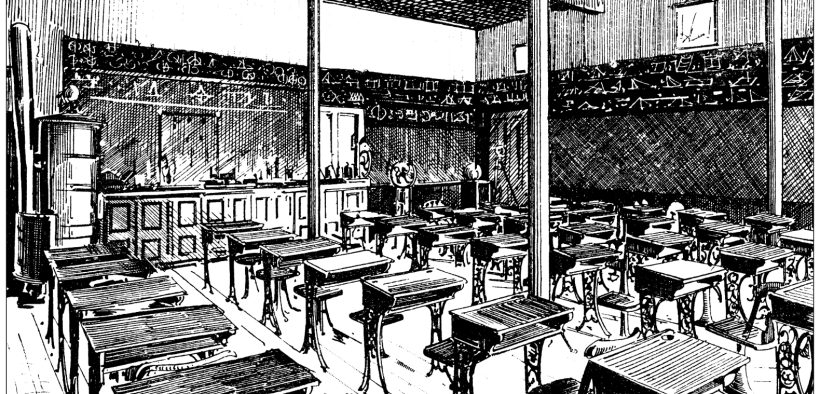I’m a historian, and I do a fair amount of pedagogical research. But one thing I’m not is a historian of college-level teaching, which makes Jonathan Zimmerman’s recent work, The Amateur Hour: A History of College Teaching in America, such a delight. What follows here isn’t a formal review of the book; rather, it’s a collection of observations that struck me as particularly important or interesting and that may spur readers of The Teaching Professor to explore Zimmerman on their own.
Related Articles
I have two loves: teaching and learning. Although I love them for different reasons, I’ve been passionate about...
Active learning is a mostly meaningless educational buzzword. It’s a feel-good, intuitively popular term that indicates concern for...
Perhaps the earliest introduction a student has with a course is the syllabus as it’s generally the first...
Generative AI allows instructors to create interactive, self-directed review activities for their courses. The beauty of these activities...
I’ve often felt that a teacher’s life is suspended, Janus-like, between past experiences and future hopes; it’s only...
I teach first-year writing at a small liberal arts college, and on the first day of class, I...
Proponents of rubrics champion them as a means of ensuring consistency in grading, not only between students within...









